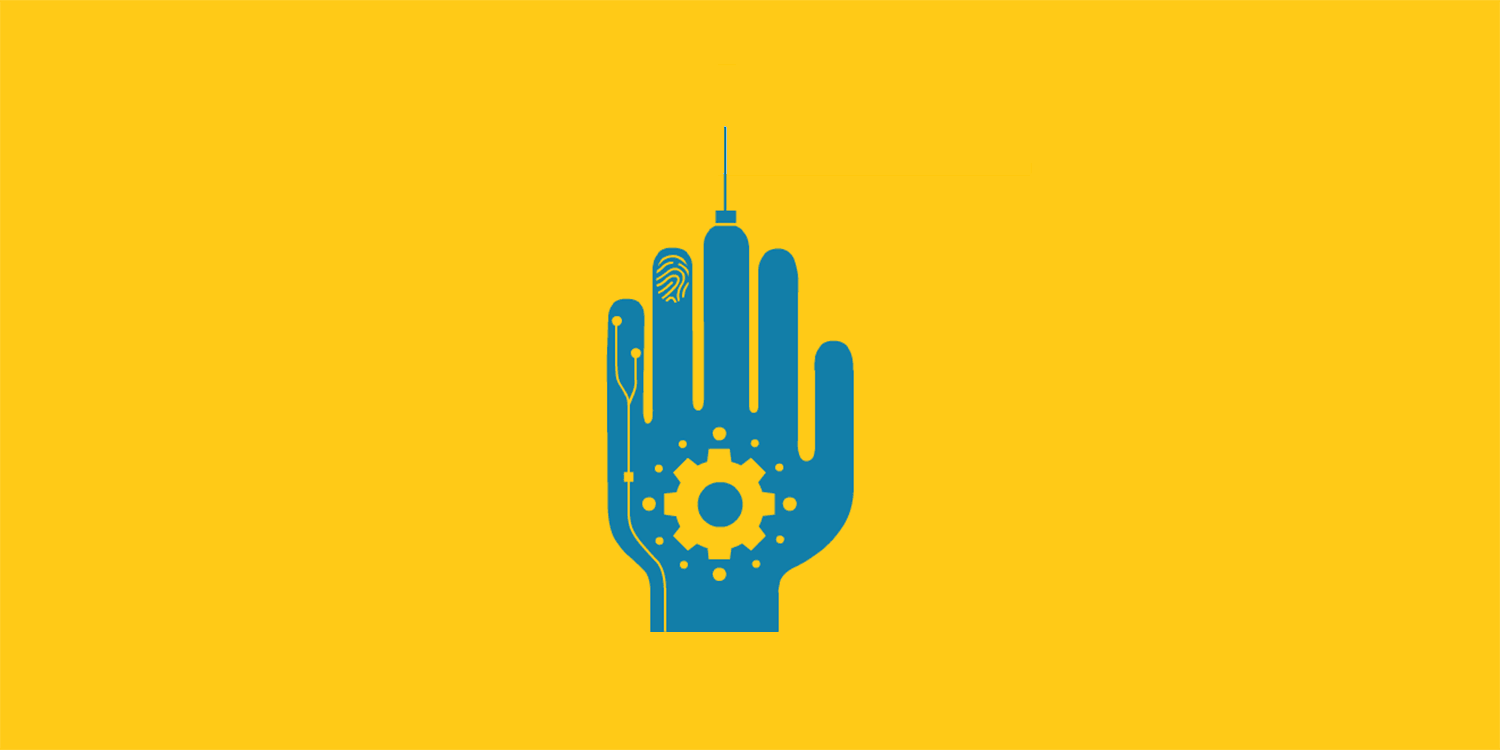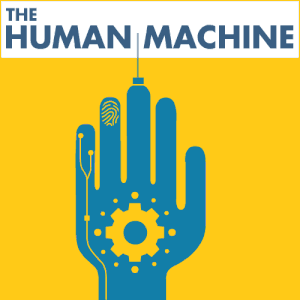

Read the next episode: “Sense Hacking: The Real-Life Cyborgs of the DIY Augmentation Scene“

We’re all cyborgs. You, reading this–you’re a cyborg.
To explain: Everyone in the world has a life dependent on technology. The World Health Organization estimates that more than a billion people right now are already dependent on assistive technologies like hearing aids, prosthetic limbs, and wheelchairs, while some studies suggest that a third of the world’s population will be wearing glasses or contact lenses by the end of this decade.
Billions of people rely on drugs to maintain their quality of life (or even to stay alive). Especially in richer countries–between more than half of U.S. adults are prescribed drugs of some kind on an annual basis. Across the globe, two-thirds of women of reproductive age use some form of contraception, from IUDs to the pill, to avoid pregnancy.
Our clothes are plastic, our food is selectively-bred (or genetically-altered) for higher yields, and our mental labor is outsourced to computers. Ever since we mastered fire and discovered that it made food both tastier and more nutritious, humans have been taking and shaping the world around them. The world around us–including our own inventions–has then shaped us, in turn.
This series, the Human Machine, explores this dynamic as it applies to the near-future.

Many of humanity’s oldest stories are dreams of breaking free of the natural limitations of our bodies. In the Epic of Gilgamesh, the eponymous hero seeks out immortality–and finds it, briefly, by finding and losing a herb that grows at the bottom of the sea. The tale of Prometheus’ theft of fire from the gods, in order to give agency and mastery of the environment to humans, has been reinterpreted and retold throughout history, perhaps most famously by Mary Shelley in Frankenstein.
Conversely, the story of Daedalus’ son Icarus, flying too close to the sun with waxy wings and falling to his death, was an illustration of human hubris. (Another story revived in modern times, as the founding myth of transhumanism.) In the Abrahamic faiths there are stories of arrogant humans building high towers in order to reach heaven, and God striking them down in response. From the earliest periods of recorded history, our ingenuity is felt as both a blessing and a curse.
In more modern times, when technologies like metallurgy and clockwork led to what we might call early robots–as well as the first recognizably modern prosthetics–thinkers began to speculate about where humans ended and machines began. René Descartes, writing in his “Treatise on Man” in the mid-17th century, argued that human and animal bodies literally were machines, though humans also had a separate, immaterial soul, capable of rational thought. Today’s science fiction is the descendant of this kind of speculation.
We still tell ourselves stories about what technology is doing to our bodies, of course. The stories change as technology changes, but the impulse is always there.
One of the most recent of these stories was the source of the word “cyborg”, coined in 1960 by scientists Manfred Clynes and Nathan Kline during the Space Race. They were speculating about the survival of the human body outside of the Earth’s atmosphere. What would it take for humans to live in space, they wondered? What would have to happen for humans to thrive among the stars?
“Space travel challenges mankind not only technologically but also spiritually,” they wrote, “in that it invites man to take an active part in his own biological evolution. Scientific advances of the future may thus be utilized to permit man’s existence in environments which differ radically from those provided by nature as we know it.”
Their cyborg was an organism with a feedback system, in essence. Something that could identify new physical challenges, and design and embrace new technological innovations to meet those challenges.
Something interesting happened to the word “cyborg” over the years, though. It became a sci-fi trope, of course, and is often used interchangeably with words like “android” to mean any kind of robot-human hybrid. But its modern meaning is also broader in other, interesting ways. Philosophers like Donna Haraway, in her “Cyborg Manifesto” of 1985, argued that we should think of cyborgs as all of us. This isn’t the physical sense of a cyborg that Kline and Clynes talked about–the idea of the augmented human body. It’s about being nodes in a huge, globe-spanning network of technology and nature.
It’s common to think about the world in terms of what’s natural, and what we’ve created: plants versus buildings, pharmaceuticals versus home remedies, organic food versus processed, digital communication versus face-to-face, and so on. In fact, as Haraway argues, we shouldn’t use terms like “technology” and “nature” as if they’re opposites–because they’re not. By recognizing that, we can liberate ourselves by creating and recognizing new categories that make sense to who we actually are. We are all cyborgs, and that means we can exploit our messy in-betweenness to construct our own identities at will.

This is just one interpretation, though. There’s a rich history of academic debate around this topic–thinkers from Sherry Turkle to Marshall McLuhan, Jaron Lanier to danah boyd have touched on some aspect of how new technologies shape and mediate lived experience. Their work will inform our explorations of the issues raised by current and next generations of technology.
The last decade has seen the explosion of smartphones and constant communication, everywhere, anytime. What does that mean for how we think? So often the temptation is to worry–tabloids are adept at exploiting the fears of parents that too much screen time is damaging the brains of their children. The evidence, though, is far more interesting and inconclusive. Similarly, the things that we might welcome about a new technology might distract us from the larger, more substantive impact that comes, on a social and economic scale.
Should we worry about the technology we use changing the way that we think? Why is it that we feel that gut fear of the new? What, exactly, are we going to hate the most about what our kids have that we didn’t?
From social media to prosthetics, reproductive health to sensory experience, there are experiments and investigations that will change the world happening in all of these fields. The nature of the human machine–the type of cyborg that we are–will continue to be in a constant state of flux.
–Ian

Read the next episode: “Sense Hacking: The Real-Life Cyborgs of the DIY Augmentation Scene“

How We Get To Next was a magazine that explored the future of science, technology, and culture from 2014 to 2019. The Human Machine is an eight-part series that interrogates the increasingly blurred lines between humans and machines.
